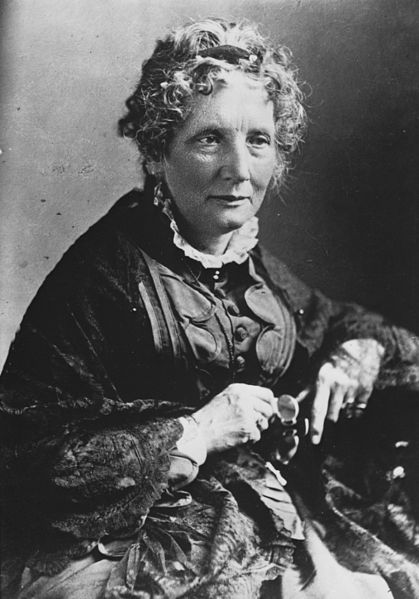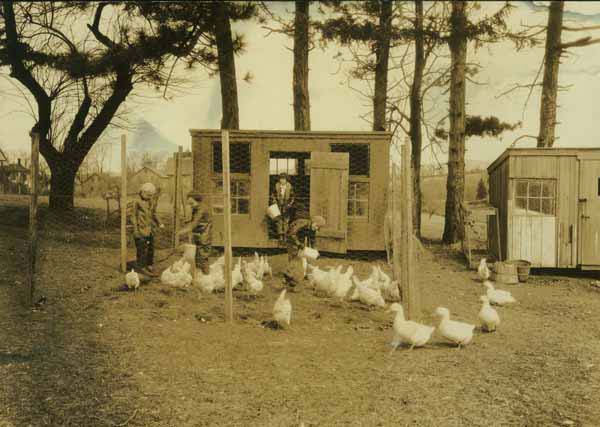The Litchfield Historical Society’s Helga J. Ingraham Memorial Library is elated to announce the recent acquisition of a significant collection of business records created by Elijah Boardman (1760-1823).

Thanks to the generosity of Elijah and Mary Anna Boardman’s descendants, Joan Boardman Wright McDaniel and her daughter Caroline Boardman McDaniel Lamphier, scholars will be able to pore over this iconic entrepreneur’s ledgers, blotters, and day books. Boardman’s newspaper advertisements reveal that he went to great lengths to bring a variety of foreign goods to this rural market. His ledgers document his intricate pattern of trade in which he shipped local agricultural goods, received in trade or purchased, which he shipped to New York and sold at a premium. He brought back rum, molasses, and a large variety of textiles.
The family retained the papers for generations, first in the Boardman house in New Milford, and, for a number of years, had them on loan to Yale University. Recently, Mrs. Lamphier and Mrs. McDaniel made the decision to donate the 97 volume collection to a historical society. Derin Bray, an art and antiques consultant who did extensive research for To Please Any Taste: Litchfield County Furniture and Furniture Makers, 1780-1830, published in 2008 by the Litchfield Historical Society, contacted the family upon learning about their collection. His familiarity with Litchfield County and early republic history enabled him to recognize the significance of the collection and suggest to the owner that the family donate the papers to the Society whose professionally trained staff and regular hours would enable scholars to have regular access to the collection.
 These volumes document a business with close ties to Litchfield and to the Society’s existing collections. Prior to embarking on a mercantile venture with his brother Daniel, Boardman served in the American Revolution and trained as a clerk in New Haven. He commenced business as a merchant in New Milford in 1781. The Society holds Boardman & Seymour records, 1794-1811, a collection of orders, invoices, receipts, and correspondence documenting a partnership between Boardman and Moses Seymour Jr. of Litchfield.
These volumes document a business with close ties to Litchfield and to the Society’s existing collections. Prior to embarking on a mercantile venture with his brother Daniel, Boardman served in the American Revolution and trained as a clerk in New Haven. He commenced business as a merchant in New Milford in 1781. The Society holds Boardman & Seymour records, 1794-1811, a collection of orders, invoices, receipts, and correspondence documenting a partnership between Boardman and Moses Seymour Jr. of Litchfield.
In 1795, Boardman became a member of the Connecticut Land Co., one of the purchasers of the Connecticut Western Reserve. The Notes and Proceedings of the Connecticut Land Company, 1795-1809; the Judson Canfield papers 1760-1856; and the Samuel Flewwelling Papers, 1799-1868 are among the Society’s extensive documentation of the settlement of Ohio by Connecticut natives, many of whom migrated from Litchfield County.
Two of the Boardman’s sons, William Whiting Boardman and George Sherman Boardman, attended the Litchfield Law School. Two of their daughters, Caroline Boardman Schreoder and Mary Anna Boardman, attended the Litchfield Female Academy. Schroeder’s schoolgirl diary is in the Society’s Litchfield Female Academy collection.
Boardman became prominent in politics after 1800. He was repeatedly elected to the Connecticut General Assembly and was elected to the U.S. Senate in 1821. For this election, Boardman, a democrat, joined Oliver Wolcott (1760-1833) on the Toleration Party ticket. Boardman died on a visit to Ohio in 1823.
Scholars and history buffs alike know well the Ralph Earl painting of Boardman that hangs in the American Wing of the Metropolitan Museum of Art. The collection at the Wadsworth Athenaeum boasts the Earl landscape of the Boardman house in New Milford, CT. The Huntington Library, Art Collections, and Botanical Gardens in San Marino, CA holds the Earl painting of Boardman’s wife, Mary Anna Whiting Boardman, and their son William Whiting Boardman. This collection provides exciting new documentation of significant American works of art.
The collections of the Litchfield Historical Society have long been lauded by enthusiasts of the Early Federal period of American history for their richness in documenting the social and political history of that era. This collection can only serve to enrich existing holdings and expand knowledge about early American commerce, early Connecticut, the Western Reserve, and a host of other topics. The Society will begin processing the collection immediately and hopes to make it available to scholars as soon as possible. It will certainly prove an invaluable resource to all manner of historians and decorative arts scholars, not to mention the added value it will provide the Society’s exhibitions, publications, Web site, and programs.


 These volumes document a business with close ties to Litchfield and to the Society’s existing collections. Prior to embarking on a mercantile venture with his brother Daniel, Boardman served in the American Revolution and trained as a clerk in New Haven. He commenced business as a merchant in New Milford in 1781. The Society holds
These volumes document a business with close ties to Litchfield and to the Society’s existing collections. Prior to embarking on a mercantile venture with his brother Daniel, Boardman served in the American Revolution and trained as a clerk in New Haven. He commenced business as a merchant in New Milford in 1781. The Society holds 